Digital stamp
Introduction
A digital stamp refers to an electronic label or encrypted token used to verify payment of postal services, authenticate documents, or create collectible digital assets. These stamps are often issued on a blockchain platform and have unique codes that make them impossible to counterfeit. Digital stamps are used in various fields, including postal services, document authentication, digital collectibles, and NFT trading. This article examines the history, characteristics, technologies used, applications, challenges, and future of digital stamps, and shows how this technology can transform traditional systems. Postage stamps have been recognized as one of the most important means of communication since the 19th century, as well as valuable collectible items. However, with the spread of digital technologies and the emergence of blockchain, digital stamps have emerged as an alternative to physical ones. In recent years, countries such as Switzerland, the UAE, Austria, and China have begun issuing digital stamps, often traded as NFTs on crypto markets. But can this technology widely replace traditional stamps?
- History of digital stamps
The idea of a digital stamp emerged alongside the proliferation of cryptocurrencies and NFTs in late 2019 and early 2020. The emergence of blockchain technology made it possible to create unique digital assets that could be valuable to collectors and users as non-fungible tokens (NFTs).
- The world’s first digital stamps
Austrian Digital Stamp (2019) – Austrian Post Crypto Stamp
• The first country in the world to issue a digital stamp was Austria.
• In June 2019, Austrian Post released the first digital stamp on the Ethereum blockchain.
• This stamp came in both physical and digital versions and was traded as an NFT on crypto markets.
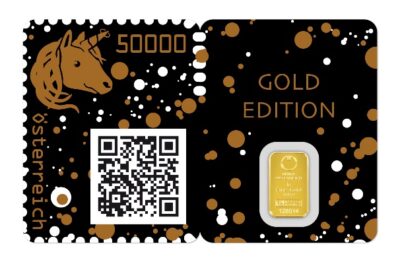

• Each stamp had a unique code that was recorded on the blockchain, eliminating the possibility of counterfeiting.
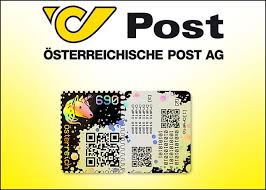
Swiss Digital Stamp (2021) – Swiss Crypto Stamp
• In November 2021, Swiss Post launched its digital stamp.
• The stamp included a physical copy and an NFT token registered on the Polygon blockchain.
• These stamps were issued in different colors, with each color indicating its rarity.


United Arab Emirates Digital Stamp (2022)
• In December 2022, the UAE became the first country in the Middle East to introduce a digital stamp.
• These stamps used smart blockchain technology to authenticate and prevent counterfeiting.
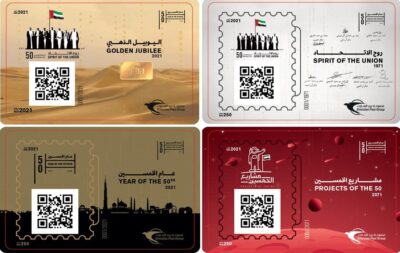
- More examples


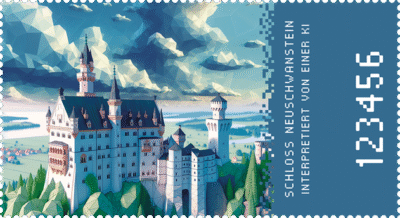
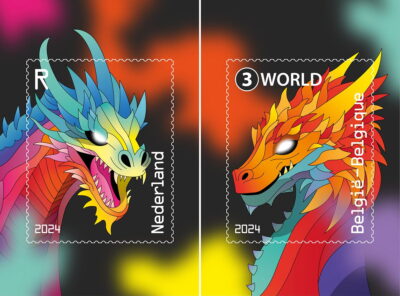

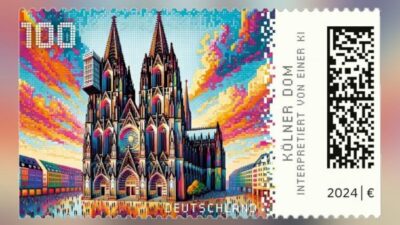
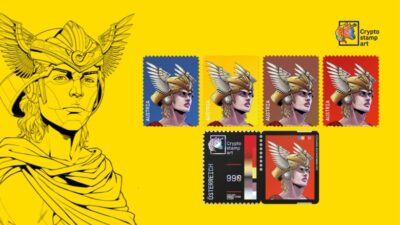
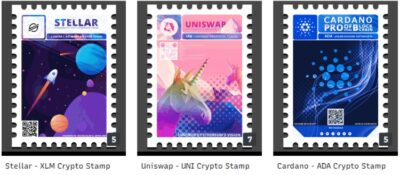
- Advanced encryption and QR codes
• Some digital stamps have a unique QR code that displays information about their ownership and authenticity.
- Digital stamp applications
Replacing traditional stamps in postal services
Digital stamps can reduce the costs of printing, distributing, and counterfeiting traditional stamps, and allow users to pay postage directly through a digital wallet.
Many people buy digital stamps as collectibles and investments, with some of these stamps reaching thousands of dollars in value on the NFT market.
A digital stamp can be used in official documents, such as digital contracts, as a cryptographic signature to verify authenticity and prevent forgery.
- The future of digital stamps
Given the trend of digitization of services and the widespread adoption of blockchain, digital stamps are expected to become an important part of the digital economy in the future. Governments, postal companies, and collectors are investing in this area, and over time, traditional stamps may be completely replaced by digital ones.
With its unique features, digital stamps are not only an alternative to traditional stamps, but have also created new applications in the fields of NFTs, document security, and digital commerce. Although there are challenges on the way to full adoption of this technology, current trends indicate a bright future for this innovation.
Digital stamps can also be used to raise funds or support artists and cultural organizations. Some national post offices issue digital versions of historical stamps and use their sales as a source of revenue.
- Resources
• Nakamoto, S. (2008). Bitcoin: A Peer-to-Peer Electronic Cash System. Whitepaper
• Antonopoulos, A. M. (2017). Mastering Bitcoin: Unlocking Digital Cryptocurrencies. O’Reilly Media.
• NFT & Digital Collectibles Market Analysis. Journal of Digital Assets and Blockchain Technologies, 2023.
• CoinDesk (coindesk.com)
• CoinTelegraph (cointelegraph.com)
• Forbes Blockchain (forbes.com/crypto-blockchain)
• Austrian Post – Austrian Post Crypto Stamp (crypto.post.at)
• Swiss Post – Swiss Crypto Stamp (swisspost.ch)
• Emirates Post Digital Stamp (emiratespost.ae)
• Mougayar, W. (2016). The Business Blockchain: Promise, Practice, and Application of the Next Internet Technology. Wiley.
• Tapscott, D., & Tapscott, A. (2016). Blockchain Revolution: How the Technology Behind Bitcoin is Changing Money, Business, and the World. Penguin Books.


